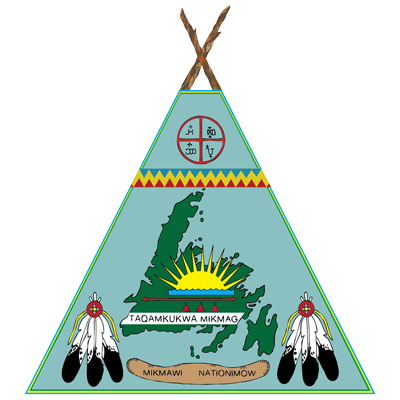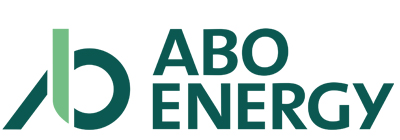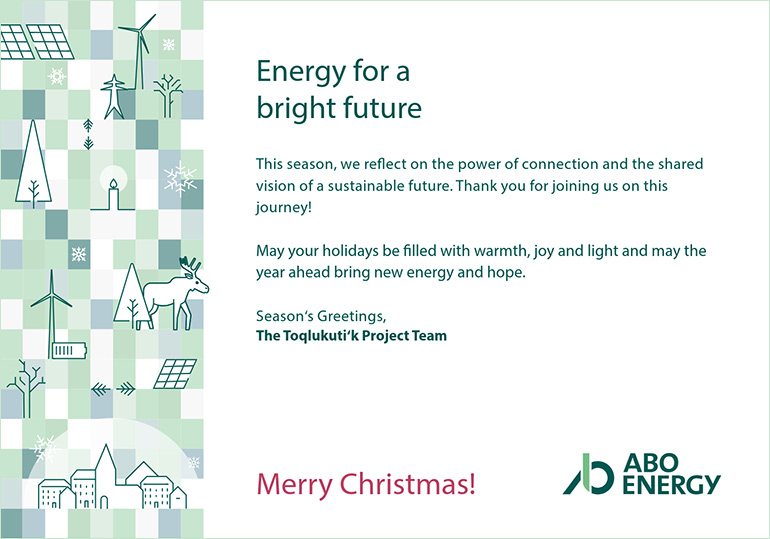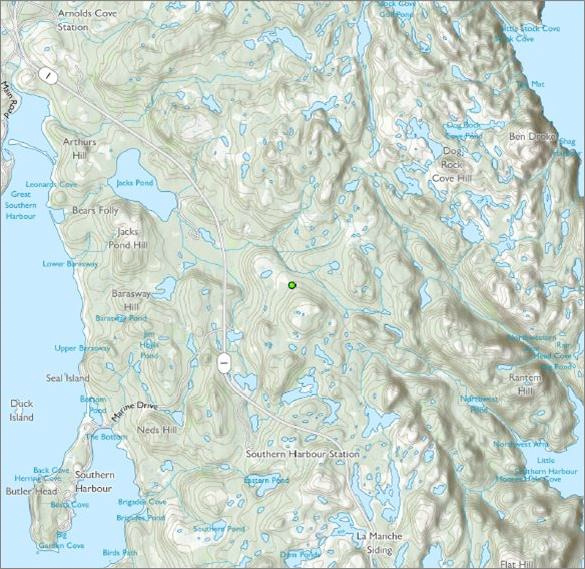ABO Energy and Copenhagen Infrastructure Partners are jointly developing a major wind and hydrogen project being developed in Newfoundland and Labrador, powered by the province’s world-class wind.
Located in the vicinity of the Isthmus of Avalon - Toqlukuti’k Wind and Hydrogen is being developed to produce competitive green hydrogen and ammonia powered by the province’s exceptional wind resources for potential domestic use and export to the global market.
The project land has capacity of developing up to five gigawatts onshore wind. The parties will jointly optimise the technical concept and capacities in line with market demand.
The Project
Toqlukuti’k Wind and Hydrogen is being developed to produce competitive green hydrogen and ammonia powered by the province’s exceptional wind resources for export to the global market. The Project will be located in the vicinity of the Isthmus of Avalon.
In March 2023, ABO Energy received an exclusive letter of support from Braya for the joint development of green hydrogen production at the refinery.
Subsequently, in August 2023, the project received a Wind Application Recommendation Letter from the Ministry of Industry, Energy and Technology, awarding the project exclusive right to pursue development on nominated Crown land.
As part of its Crown land bid submission, the project has signed a memorandum of understanding (MOU) with Miawpukek First Nation and has received numerous letters of support from communities.
The name Toqlukuti’k (pronounced ‘dok-loo-gu-tik’) was determined together with Miawpukek First Nation and originates from the traditional Mi’kmaq language of the Miawpukek First Nation, meaning “working together”. The project is expected to generate significant local economic and employment opportunities.
Following our 7 open houses and monthly mobile community office program in 2024, the Toqlukuti’k Wind and Hydrogen team looks forward to ongoing dialogue and sharing updates with you as the Project planning continues.
With the ability to generate up to five gigawatts of onshore wind power, the project will see both parties collaborating to refine the technical concept and adjust capacities to meet market demands.
About ABO Energy
ABO Energy Canada
ABO Energy Canada Ltd. is a subsidiary of ABO Energy KGaA and was founded in 2017, with the first Canadian office in Calgary. ABO Energy Canada developed Canada’s largest wind development to date, the 515 MW Buffalo Plains Wind Farm in Alberta.
In 2022, ABO Energy Canada opened an office in Halifax. In 2023, with the advancement of proposed activities in Newfoundland and Labrador, ABO Energy saw the need to create a foundation in the community and established a co-working office location in St. John’s. ABO Energy Canada is eager to establish additional local presence in the Project vicinity as Project development continues.
ABO Energy KGaA
ABO Energy KGaA successfully develops and builds wind and solar farms as well as battery storage and hydrogen projects. Founded in 1996, the Germany-based company has realised more than 5,000 megawatts of capacity to date and has also constructed half of them. The company’s annual investment amounts to 500 million euros. More than 1,200 employees in 16 countries work with enthusiasm on the planning, financing, construction, operational management, and maintenance of plants for a sustainable energy supply.
Partnerships and Community Engagement
ABO Energy is committed to transparent, meaningful, and ongoing Indigenous, community, and stakeholder engagement. We have had ongoing discussions with local community stakeholders in the Project’s area of interest and will continue to build upon these relationships and expand our stakeholder reach to ensure authentic collaboration and cooperation from all relevant groups and individuals.
ABO Energy Canada signed a memorandum of understanding (MOU) with Miawpukek First Nation and has received numerous letters of support from communities as part of our Crown Land bid submission for Toqlukuti’k Wind and Hydrogen Ltd.

Great Seal of Miawpukek First Nation
Information Sessions and additional community meetings will occur soon to provide ample opportunity for local feedback and information sharing early in the development of the Project. Community engagement and local feedback will be ongoing through all phases of the Project, including planning, construction, operation, and eventual decommissioning.
A focus on local involvement and opportunities
ABO Energy Canada has a local economic development policy and believes that communities in proximity to our projects should receive preferential attention and access to business and employment opportunities. It is our intent to maximize economic benefits for communities and their residents and promote long-term commercial growth through access to goods and service contracts, capacity training, and employment.
Toqlukuti’k Wind and Hydrogen Ltd. is expected to provide sizable local job and procurement opportunities. Stay tuned for more information about supplier information sessions and future procurement and employment opportunities with the Project.
Community Liaison Committee (CLC)
ABO Energy is aiming to form the Toqlukuti’k Community Liaison Committee (CLC) to act as an advisory body to ABO Energy for the Project. This is a voluntary role that provides CLC members with a regular opportunity to share input, guidance, community views, issues, and concerns with respect to the project plan and activities. It is anticipated that the CLC will meet quarterly or as needed.
Members of the CLC :
- Act as an advisory body to Toqlukuti’k Hind and Hydrogen Ltd. by providing input on existing or potential concerns of the community regarding the project plan and activities.
- Represent community interests through the mutual exchange of information between the developer and the community with respect to any existing or potential environmental effects of the project plan and activities.
A well structured CLC is one with a balanced membership and broad representation, including ABO Energy staff representatives, residents/property owners located near the Project, local businesses, municipal elected officials (or their representatives), First Nations, and community or environmental groups. If you are interested in joining the CLC for the Toqlukuti’k Wind and Hydrogen project, please contact info_toqlukutik@aboenergy.com. Please tell us a little bit about yourself and outline your primary reason to want to join the CLC. The ABO Energy team looks forward to hearing from you!
Additional FAQs from Energy NL
For more information about wind and hydrogen in Newfoundland and Labrador, visit Energy NL’s Wind at our backs Frequently Asked Questions.
What questions do you have about the Toqlukuti’k Wind and Hydrogen Project? Please do not hesitate to contact us.
Vendors and Suppliers
If you are a Vendor interested in providing your goods and/or services to ABO Energy Canada Ltd. we ask that you submit your company information via our ‘Supplier Registration Form’ located here:
























